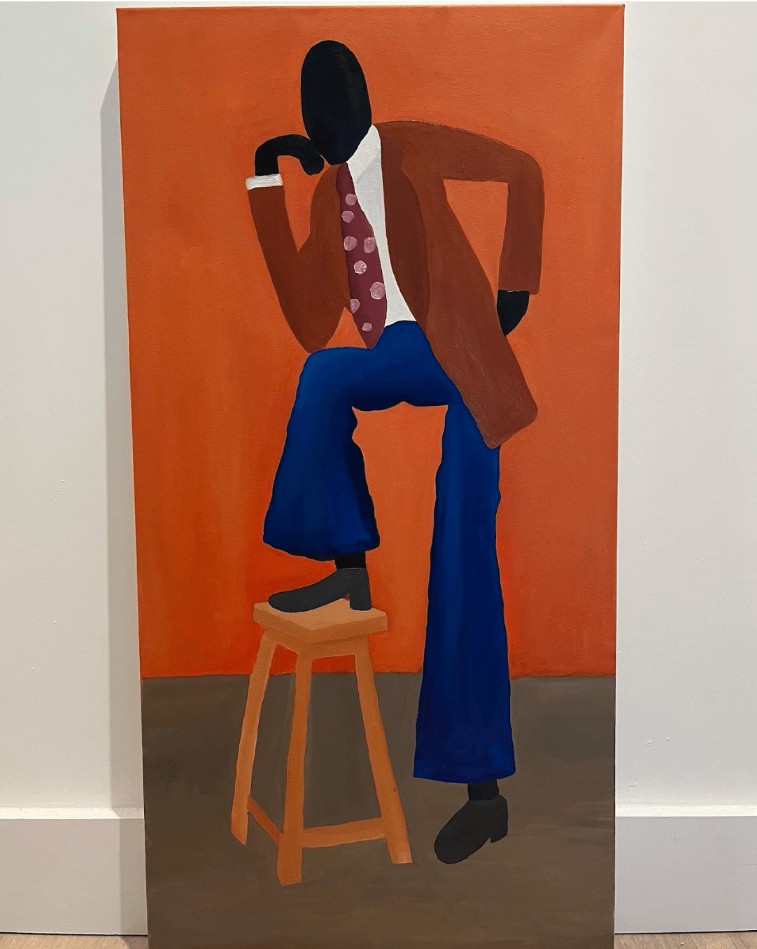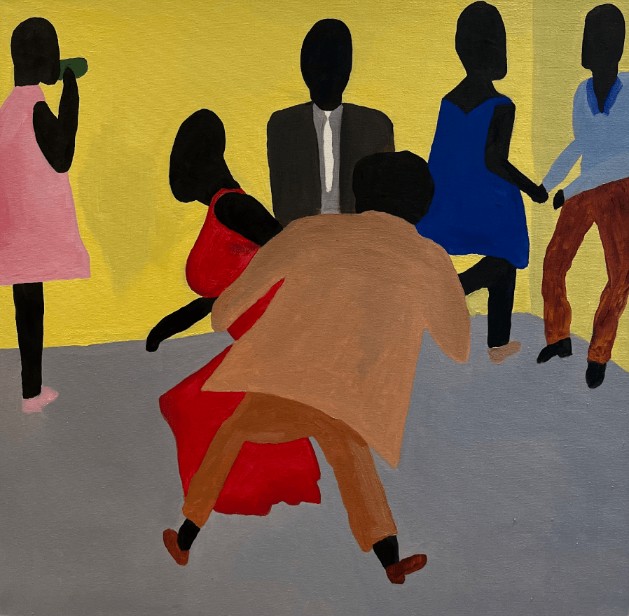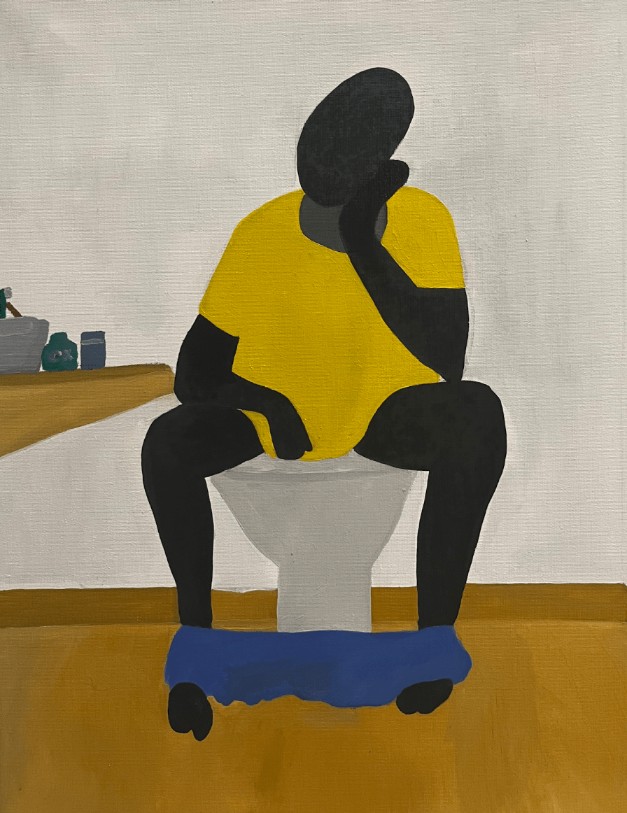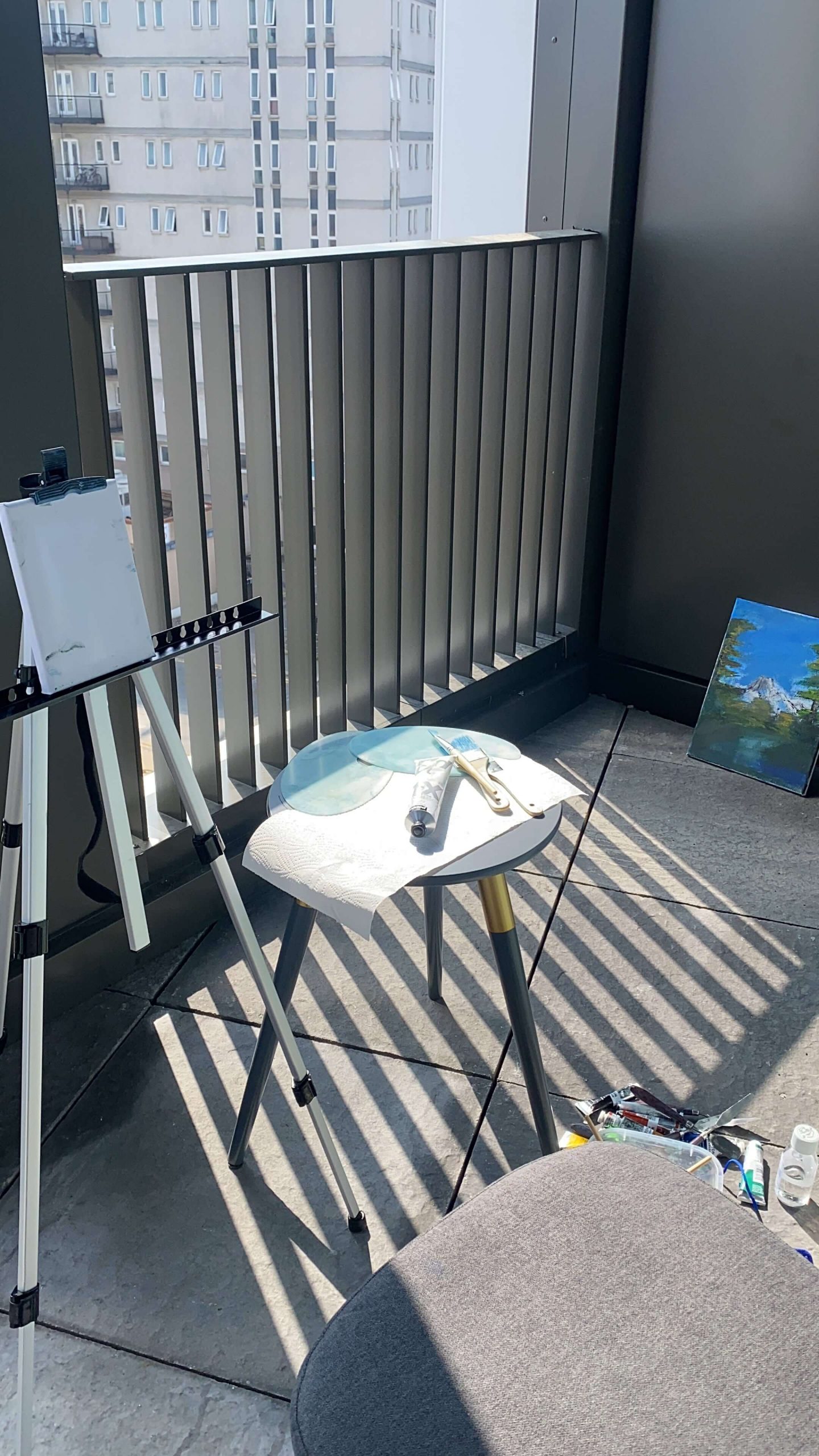Gbemisola Abijo
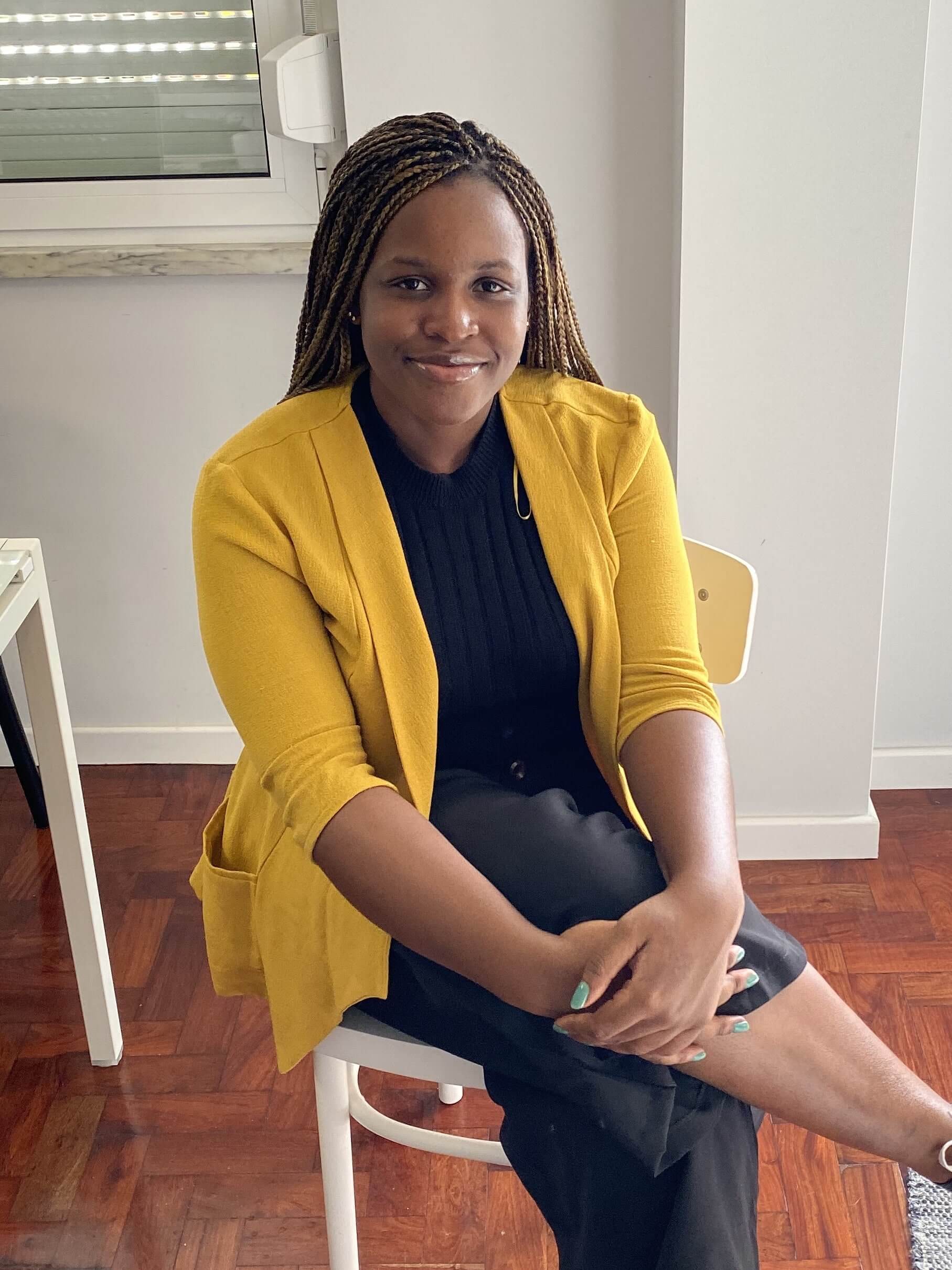
Gbemisola, the Empath
I’m really just an adventurous person; I like to try out new places (even though I hate flights), food, and experience people and different cultures. I also consider myself an empath because, I draw from people’s emotions and their experiences, and I think that helps me even in design.
And then there is the part of me that is into painting and also music. I used to play the piano when I was younger, so I’m trying to pick that up again. I am also trying my hands at electric guitars just to keep things interesting.
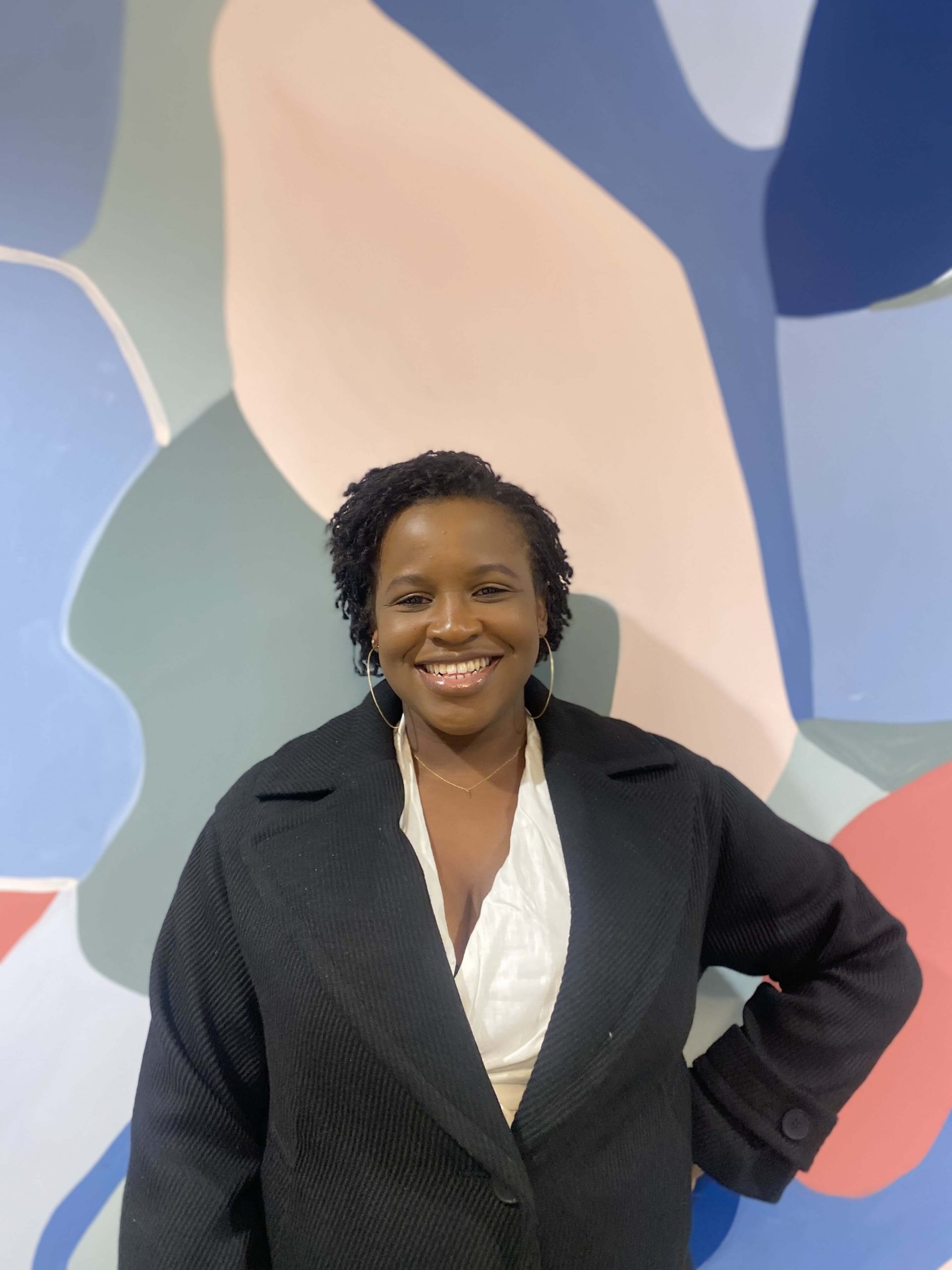
The Path to Design
The truth is, I hated computers. Even as a secondary school student who was almost always representing my school at Technovation Challenge for girls in technology, I despised computers. I only studied what I had to study to ensure my school topped the challenge. So, doing things with computers was never in my purview.
My true interest was actually architecture, which I planned to study at the University but life had other plans for me. When I finally got my University admission, I chose to study Computer Science to avoid taking a gap year. It was far from my ideal but things have a way of working themselves out.
In 2017, I had to go for Industrial Training and I was originally going to intern at this company but a conversation with my friend led me to my first design opportunity which was an internship at Devcenter. That was how I started my career.
Learning and Upskilling
I watched a lot of YouTube videos; a lot of Dann Petty’s videos actually. Then I read a lot. There was this book the CEO gave me; I think it was Design of Everyday Things. I also read Design Fundamentals, Don’t Make Me Think and a host of others. I also read blogs on UX creative as well. Books as well. And then, I think in terms of UI design, I used to be on Dribbble a lot, check designs and all of that.
But the major learning process for me came from the experiences I had working on clients’ projects. I didn’t have to do the designs, but just shadowing designers and lead designers really helped. Being in that space where I could hear conversations with engineers, product managers, and being able to ask questions, was helpful. Especially as most of the terminologies they were using were foreign to me, so having people to ask questions and also getting feedback from them, really helped.
Challenges Faced
When I reflect, I think I can improve how I process or handle feedback or criticism. Thinking about my early days and now, I’ve grown a lot but I think I can do better.
The thing is, I have realised that a lot of people do not give out constructive criticism, so, it is hard to distil the actual criticism from all that has been said and I have to defend myself and also explain the reason why I took the design route that I took… It creates this burnout. Having to face those kinds of critics is not fun.
What I do now is ask clarifying questions when I receive feedback. I ask questions that help me understand where exactly the issue with the design is, and what specifically the problem is.
Design Inspiration
Most of my inspiration is usually drawn from other people’s work – I see something that looks great or a product with a really great experience and I take screenshots or record the flows. I also like to immerse myself in different cultures and be exposed to different people & experiences. This has particularly helped me when designing for different demographics.
For UI mobile application designs, I like mobbin.design. I’m able to draw inspiration from products that are out there, and be able to even narrow down my search to certain elements I’m looking out for and that’s helpful.
Pinterest also comes in handy. I take a lot of screen recordings as well of different app experiences that I like while I stumble on them. Those may come in handy when I’m working on a new project. Evernote.design is also helpful when looking for design resources. I also subscribe to some newsletters like Growth design.
Favourite Tool + App
I like Whimsical for wireframing and creating user flows. It’s really easy to use and lightweight.
My favourite app is Woebot. Its mental health chatbot uses Cognitive Behavioural Therapy to help people with feelings of depression and anxiety cope better. I got introduced to it during the peak of the pandemic last year and it was really helpful. It has different tools which are used based on the way one feels and everything is introduced on an interface that’s intuitive and easy to use. Designing for assistive technology can be difficult but Woebot has been able to do this in an amazing way.
On Design Thinking and Design Prediction
I saw this definition from the Interaction Design Foundation about a year ago and it has stuck. “Design Thinking is an iterative process in which we seek to understand the user, challenge assumptions and redefine problems in an attempt to identify alternative strategies and solutions that might not be instantly apparent with our initial level of understanding.”
I’d also like to include the importance of understanding the business one is designing for; its mission and goals as well as the cultural constraints and limitations of potential users.
To predict the Nigerian tech space, I believe in the next three to five years or long term, we’ll see more products that are informed by designs. We’ll see more products being able to solve problems that we thought were quite impossible to solve.
The thing is, I know a lot of designers are going to foreign organisations and taking remote jobs in a bid to get better opportunities but, more designers are also giving back to the Nigerian tech space. So, I believe it will soon be able to compete and be acknowledged worldwide; a lot of companies will become design-driven, and the quality of products will increase.
On Community and Mentorship
I used to go for Usable meetups and then there was also the Dribbble community. There was the imposter syndrome in sharing work online, which I did anyway, sometimes. I reached out to people in the community very often to get their opinion on work as well as feedback which they did graciously. They also provided the necessary information and shared opportunities, so I think Community is important in the growth of a designer.
Having people who are more experienced than you in your circle is really important in your growth as a designer and this really impacted me and accelerated my growth. These people served as the push, the motivation I needed to keep on designing. They gave me books, ideas, resources and all that I needed to grow while also doing a lot of personal work myself. I had what many designers didn’t have; that space, that mentorship and I think it went a long way in making me the designer I am today.
Necessary Skills for Designers
I think communication is key as a soft skill. It makes giving and receiving feedback easier and also helps to properly articulate one’s works, thoughts and ideas, especially with stakeholders.
Cross-discipline collaboration is also very key. Learning to work with and understanding the work of the engineers and the developers, helps a lot. That way, one doesn’t create designs that are not implementable. It also involves getting insights and information that is backed by data and working on designs that inform those decisions. Also carrying out usability testing and research as well, to get more feedback and implement designs and all that. That’s why cross-discipline collaboration is important.
Advice for New Designers
First of all, I think anyone venturing into design should know that nobody has it all figured out, so they should take things easy and just try to enjoy the experience. It is also very okay to fail. No one had everything figured out from the beginning. So, to whoever is starting out, I’d say they should be the best version of themselves and just give it their best efforts. Reach out to people in the space and try to share your work often. You never know who is watching.
Continue Reading
Buhari Jemilu
Buhari is a Sokoto-raised Architect turned Product Designer who is interested in applying design thinking to improving human lives.
Read Origin Story ➝